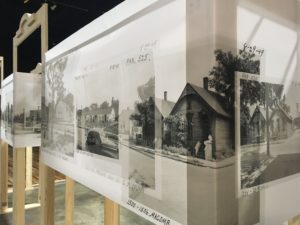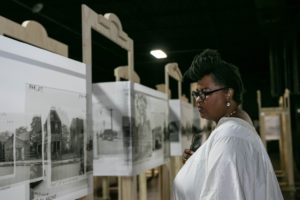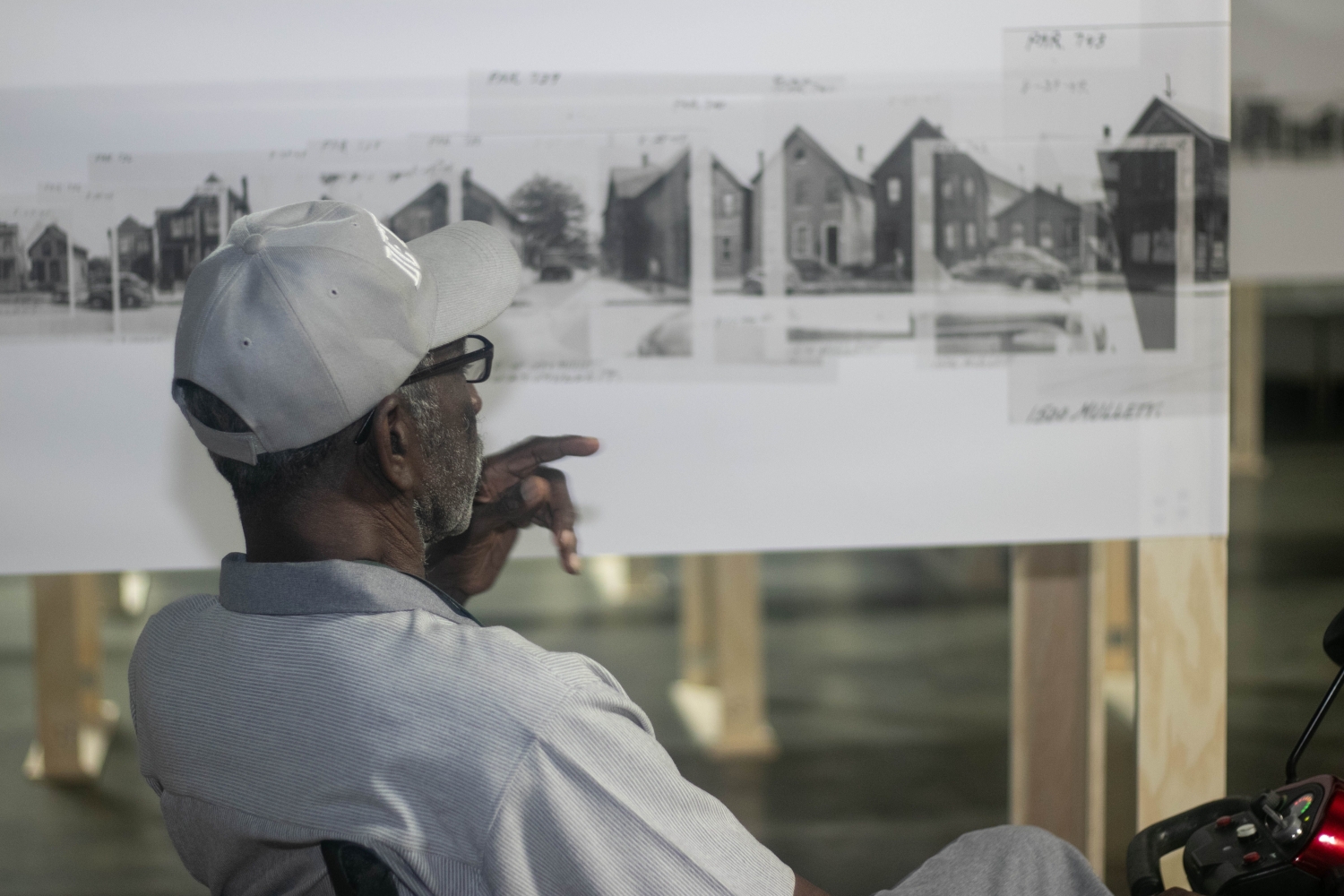During Black History Month, Black people are reminded about the importance of history. It is a time of posts spotlighting the significant advancements of exceptional Black elders and ancestors, a time of events honoring the achievements of Black folks presently, and a time of remembering our Black histories in order to better imagine our Black futures.
Our histories are crucial to our survival and advancement. We know the fullness and complexities of those histories are not sufficiently or accurately taught in common school curriculums, and that even with more culturally competent curriculums, the stories that are often left out are those about and for people who are on the margins of the margins. Black queer, trans, and gender non-conforming people, disabled people, sex workers—those who do not often fit the mold of Black exceptionalism—are all but erased from the dominant narratives about “Black history.” Whether by purposeful or unintentional exclusion, there are stories we miss out on. There are stories that get diminished until one day, they are spoken again and are told to new generations of people who can carry them on.

The story of the Black Bottom neighborhood is one such story. It is a story that for so long young Detroiters only knew about if they had relatives who lived there or if they happened to come across a Detroit history text that included a look into that place. But here we are now—as the Greater Downtown area continues to be invested in and developed inequitably—more and more longtime Detroiters are naming and remembering the stories of Black Bottom as the downtown area was, in part, where the historic place stood. A slew of community initiatives, events, and viral social media posts are highlighting the significance of that place and becoming integral parts of the mainstream narratives. I am honored to be a part of a community of organizers, scholars, historians, and Detroit residents who refuse to let Black Bottom, and other historically Black neighborhoods in the city, be forgotten again.
Black Bottom Street View, in partnership with Black Bottom Archives and other sponsors and supporters, celebrated the opening of a physical exhibition at the Detroit Public Library’s main branch in January. This exhibit—open until mid-March—is a scaled recreation of a section of streets that made up the Black Bottom neighborhood. Visitors have the opportunity to walk along the streets, take a look at the dense housing and lively images of families and residents that were captured during the city’s eminent domain process. These photos were buried in the archives of the Burton Historical Collection, and after being found by architect and researcher Emily Kutil, were digitized and designed as panoramic views of the streets of Black Bottom.
This is significant because the neighborhood has not existed physically since the last area was demolished in the 1950s. People who grew up in Black Bottom were present at the opening event and were able to point out homes they knew or lived in, places on the map where their families owned businesses and the schools, churches, and stores that they frequented in their childhood. At the exhibit opening Jamon Jordan broke down the history of the area dating back to the Indigenous communities who were the original keepers of the land, the French and British colonizers, and the subsequent immigrant populations who were Black Bottom residents before it became a majority-Black “blighted” neighborhood. Marsha Battle Philpot shared stories of her father’s record shop that was on Hastings Street, and how she came into knowing and loving this part of the city as a child, and now as a “Detroitist” historian. Ken Coleman talked about his personal history and research into the area, and so many others in attendance shared in those histories. It was a moving occasion and many left in tears that they were able to see for the first time in years (and some for the first time ever) what this neighborhood looked like, to get a sense of what it felt like, and to gain a deeper understanding of this city’s complex Black history.
This history is important because to study and understand our histories means that we can grow a deeper understanding of ourselves and our communities, we can begin to heal generational wounds, and we can develop greater imaginations for what is possible in our future. A critical study of history is a way of healing, a tool for mobilizing, and a political call to action all at the same time. We must continue to provide opportunities for history to be passed on and studied so that new generations of people grow up knowing what happened, knowing the consequences, and better preparing for what is to come in our own lifetime.
When the neighborhood was slated for development by the government and the corporations with which it colluded, there was a period of mass displacement for the residents. People were forced to leave their family homes and schools, close and abandon their businesses, and migrate to other parts of the city, inner-ring suburbs, or other parts of the country. This may sound eerily familiar to present-day Detroiters for whom this kind of development and displacement is still very much a reality. Back then, they called it “urban renewal”—today we know it as “gentrification.”
There are so many questions that continue to be asked and answered and asked again to frame this project in pursuit of Black evolution, sustainability and liberation. What can we learn from the stories of those who were present during this period of “renewal” and removal? How can we ensure the lessons do not get lost with time as they have in the past? In a world full of oppressive systems that seek to break us down and individualize us, what will it take to fortify these memories as tools for our communities’ holistic and collective advancement? How do we use this project and this moment to make limitless our imaginations of what is possible for us in Detroit and beyond?

While the physical exhibit at the library is only running until March, we are actively pursuing other opportunities for it to live in community spaces and be seen by longtime and lifelong Detroiters, students, and family members across the Detroit Diaspora. Black Bottom Archives is setting up interviews with people who have family or personal histories in Black Bottom to contribute to a growing digital archive and database that will be an interactive map of stories, records, photographs and artifacts. The goal is to make this history accessible, keep it grassroots and not in a gatekeeping institution, and to give a sense of guidance to young Black people who know their roots are here in Detroit and want to explore their family and community histories.
I am excited to be on this journey, to be asking these questions, and to be able to hold space for people who are eager to share their answers and even more questions and contradictions. The only thing we know for sure is that Black history is Detroit history, and that Black Bottom will not be forgotten again.
If you have familial or personal connections to Black Bottom and want to share your stories with us for the digital archive, please contact Paige Watkins at pwatkins@blackbottomarchives.com.
paige (they/them) is a Black, genderqueer community organizer, archivist, educator and facilitator from Detroit. They co-founded Black Bottom Archives in 2014 to provide a platform for Black Detroit stories and histories. paige is a member of the board of the James and Grace Lee Boggs Center to Nurture Community Leadership, co-founded the Detroit chapter of Black Youth Project 100 (BYP100), and are currently organizing as a part of the No New Jails Detroit coalition.
photos courtesy of Emily Kutil


